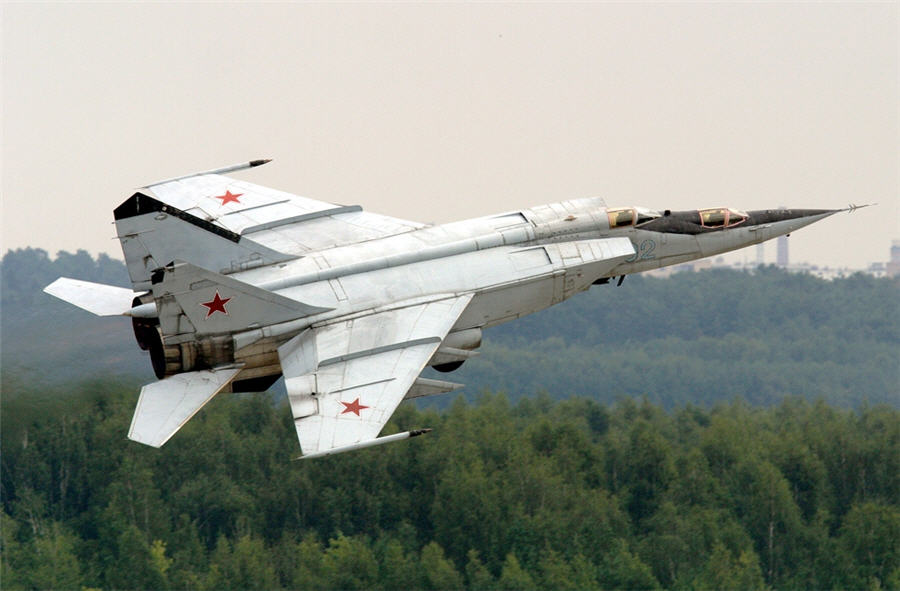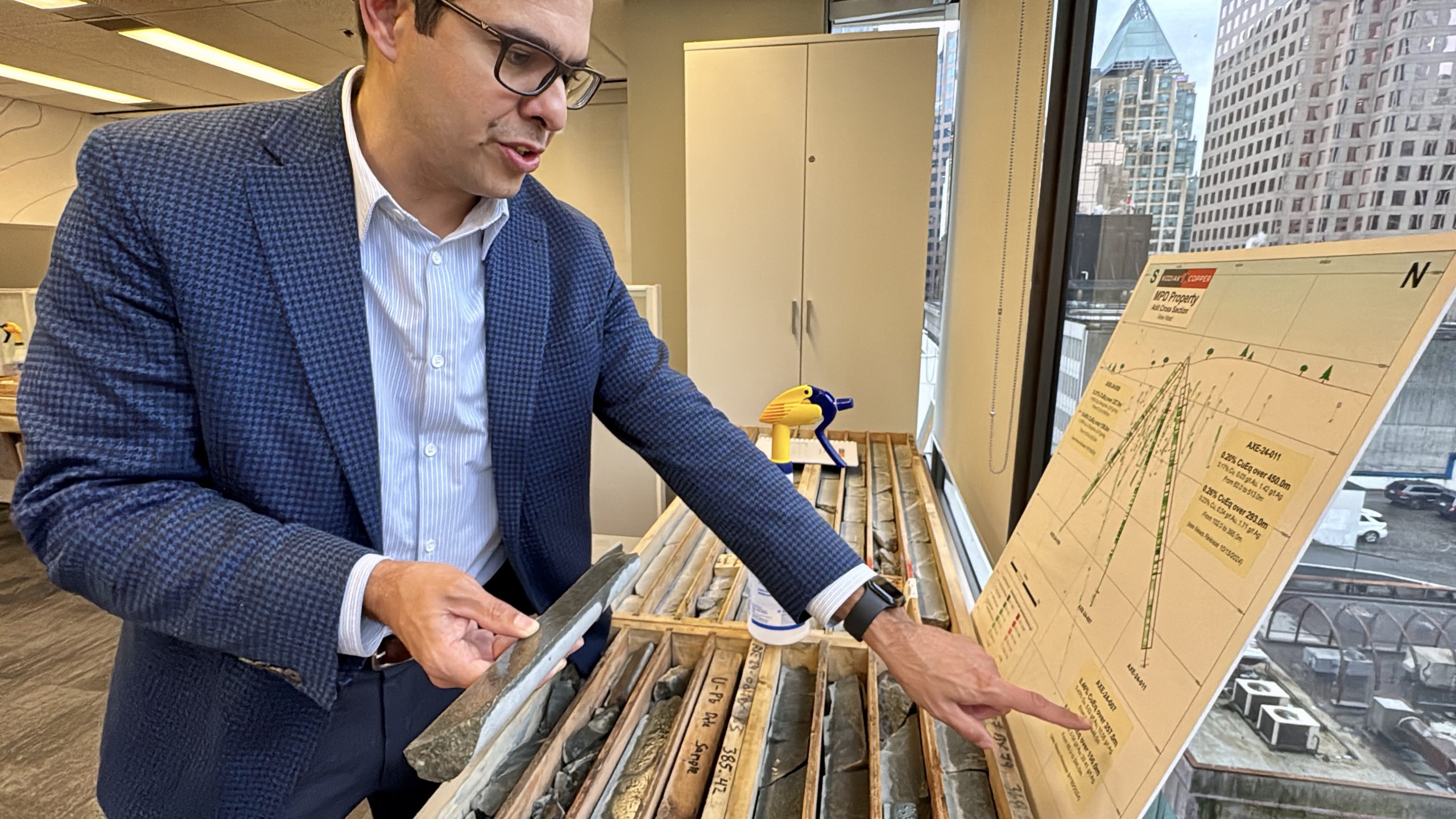Metal more common in moon rocks could transform planes and cars

There’s an unexpected benefit from the boom in battery metals mining — it’s going to boost production of scandium, an obscure element whose long-held promise to transform manufacturing of planes and cars has been stalled by a lack of supply.
The silver-white metal, found in higher concentrations in moon rocks than on Earth, can be added to aluminum to make alloys that are lighter, stronger and more malleable. These can dramatically reduce the weight of parts for aircraft, cars or ships and help deliver savings on fuel costs.
“It’s the single most potent strengthening element you can add to aluminum,” said John Carr, vice president for business development and scandium marketing at Clean TeQ Holdings Ltd., an Australian developer of a mine that’ll produce the metal alongside cobalt and nickel for the battery sector. “Why scandium is so interesting is that if you add very, very small amounts of it — it has amazing impacts.”
Adoption of scandium has proved to be more difficult because its global output has been too small to give potential users such as aerospace companies confidence that there’d be a reliable, long-term supply — a factor that’s also kept prices high.
The big problem has been a lack of supply. This is being improved by the arrival of new mines that’ll yield scandium as part of the process of producing the cobalt and nickel needed for lithium-ion batteries. Extracting all three materials from a single deposit, rather than focusing only on producing scandium, drastically improves the economics. “It gets a free ride along with the cobalt and nickel,” said Carr. “The cost of production is significantly less.”
A raft of industries have long been aware of the potential benefits — on a small scale. Alloys using scandium were developed in the 1960s and have been deployed in Russian MiG fighter jets to baseball bats. The material currently is mainly used in solid oxide fuel cells, used to provide uninterrupted power for hospitals or data centers, and has also been deployed for 3-D printing, including for an electric motorcycle.
Without certainty about demand, producers have been unable to commit to developing operations. This is changing. Japan’s Sumitomo Metal Mining Co. is entering production in the Philippines, while United Co. Rusal, the Russian aluminum giant, is studying plans to add scandium output after tests last year at its Urals smelter.
In Australia, Clean TeQ’s Sunrise mine is intended to be up and running in 2021, while Australian Mines Ltd. and Scandium International Mining Corp. are among others developing assets. Centennial, Colorado-based NioCorp Developments Ltd. is developing a mine in Nebraska.
“As new supply comes online some of the latent demand will be unlocked,” said Will Ayre, a London-based consultant at CRU Group. “The aerospace industry is one of the obvious sectors where scandium consumption might increase dramatically. Tiny reductions in aircraft weight can lead to significant fuel cost reductions.”
The current market for scandium oxide is about 15 to 20 metric tons a year, and a switch by the airline industry to replace 30 percent of aluminum consumption with aluminum-scandium alloys could lift demand to about 80 tons a year, according to Ayre.
Adoption by the auto sector would be a potential game-changer, according to CRU. Using scandium alloys to replace even a small proportion of aluminum used in vehicles would require enormous volumes, potentially lifting demand to more than 1,800 tons by 2035 — vastly more than the capacity of current planned projects. It’s more likely that use of scandium in autos will be limited to some high-end vehicles, Ayre said.

Project developers are working closely with potential customers to win more certainty over demand. “We provide our samples for free,” said Benjamin Bell, chief executive officer of Australian Mines, which has partnerships in India, North America, the U.K. and Europe. “You can’t just go out there and say I’ve got scandium, do you want to buy it. Their response is: I don’t know how to use it.”
Rusal is testing use of alloys with the shipbuilding sector, while Clean TeQ has alliances including with a research unit of Aluminum Corp. of China and aircraft industry supplier Universal Alloy Corp. Airbus SE has developed its own alloy using scandium.
Clarity on demand will also help deliver stability to prices that have fluctuated between a current level of about $1,500 a kilogram to as high as $5,000 a kilogram over the past decade, according to Clean TeQ’s Carr.
There’s a potential parallel for the metal’s rise in the development of niobium, the little-known material that’s added in tiny quantities to steel to make it stronger and lighter.
In the past forty years, niobium demand has surged almost 10 times, while the value of the market has soared from less than $100 million to $2 billion, according to Tadeu Carneiro, who spent about thirty years expanding the metal’s role as an executive at Brazil’s CBMM, the producer that dominates global supply.
“We’re going to end up in the case of scandium with something similar to that we had for niobium,” said Carneiro, who served as CEO of CBMM, known formally as Cia. Brasileira de Metalurgia & Mineracao, for about eight years to 2016. It’s likely a variety of as-yet-unknown uses will be unlocked as the metal’s availability increases, he said.
(By David Stringer)
{{ commodity.name }}
{{ post.title }}
{{ post.date }}

Comments